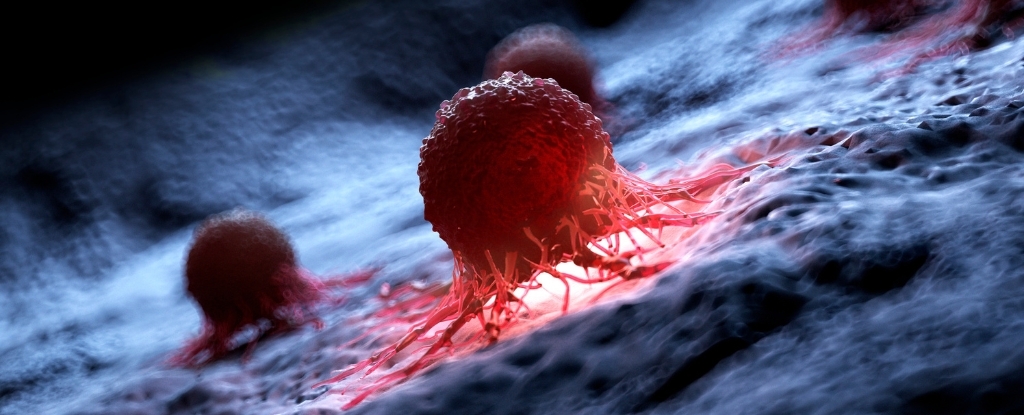Cannabis use among breastfeeding parents in the US is increasing, and yet it’s unclear how much of the drug ends up in breast milk, and for how long, let alone whether it’s safe for newborns.
A new observational study from the US has revealed THC (tetrahydrocannabinol), the main psychoactive compound in cannabis, can be detected in breast milk even 12 hours after the mother last used the drug. But it’s difficult to know when levels peak.
Cannabis legalization and use have rapidly increased in the US, and the percentage of reproductive-aged women who consider the drug to pose no risk is on the rise.
A study by the same research team, published earlier this year, showed parents are turning to cannabis as an alternative treatment for common postnatal conditions like anxiety and chronic pain.
The team found the choice to use cannabis wasn’t taken lightly by parents, although it is not medically recommended. Research on how the drug impacts breastfeeding babies is scant, most likely due to stigma and the wider, long-term issue of mothers and breastfeeding people being excluded from clinical trials.
But since recreational and medical cannabis use is becoming more accepted, at least in the US, some parents are choosing to use the drug despite the unknown risks. Researchers think it’s high time for more rigorous, substantial evidence about the drug’s impacts during breastfeeding, to help inform parents’ decisions.
For instance, CDC guidelines suggest breastfeeding parents wait at least two hours after consuming a single drink of alcohol before feeding their child. Unfortunately, it seems like a similar recommendation for cannabis may not be so clear-cut. At present, the CDC recommends abstaining from cannabis entirely.
The new study recruited 20 breastfeeding mothers from Washington and Oregon (states where the drug is sold legally) who use cannabis at least weekly, and whose infants were younger than six months at the time. They donated milk for the researchers to analyze, along with detailed reports on their cannabis use.
After at least 12 hours since their last ‘sesh’, mothers collected their breast milk at home, to provide a baseline sample. Then, they partook in cannabis use as they usually would, from their own supplies, which had an average THC level of 35 percent, and collected five additional breast milk samples over timed intervals.
THC showed up in the participants’ breast milk, although the concentration was relatively low: bearing in mind that a common low-dose edible contains 2 mg of THC, infants received on average just 0.07 mg of THC each day. But it’s unclear what impact any dosage of THC has on a baby, or if it has an impact at all.
“Human milk has compounds called lipids, and cannabinoids are lipophilic, meaning they dissolve in those lipids. This may mean that cannabinoids like THC tend to accumulate in milk — and potentially in infants who drink it,” says biological anthropologist Courtney Meehan from Washington State University, who led the study.
Unlike alcohol, which peaks in breast milk at around 30 to 60 minutes and can be detected for up to 2 to 3 hours, the THC in participants’ breast milk did not peak and decline consistently.
Among mothers who used cannabis only once during the study, the peak was anywhere between 30 minutes to a little over 2 hours after use. But the majority of those who used the drug multiple times during the study had a continual increase in concentrations of cannabinoids in their breast milk throughout the day.
“There was such a range,” says first author and biocultural anthropologist Elizabeth Holdsworth, who was based at WSU during the study. “If you’re trying to avoid breastfeeding when the concentration of THC peaks, you’re not going to know when THC is at its peak in the milk.”
The authors note that more research is needed to find out what effects, if any, regular THC use by a breastfeeding parent might have on their child.
“Breastfeeding parents need to be aware that if they use cannabis, their infants are likely consuming cannabinoids via the milk they produce, and we do not know whether this has any effect on the developing infant,” says Meehan.
This research was published in Breastfeeding Medicine.





